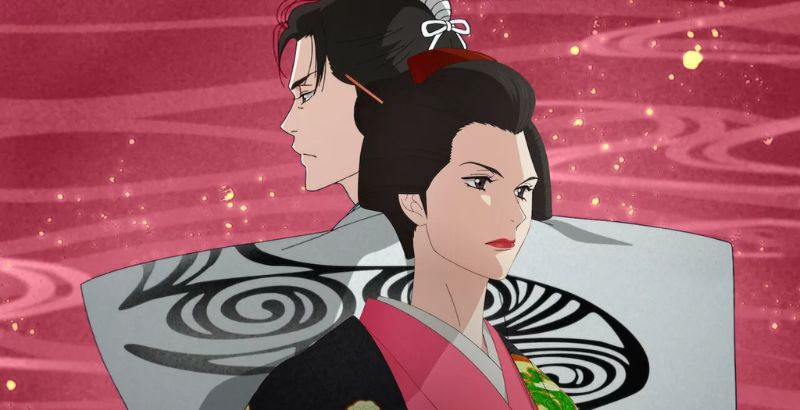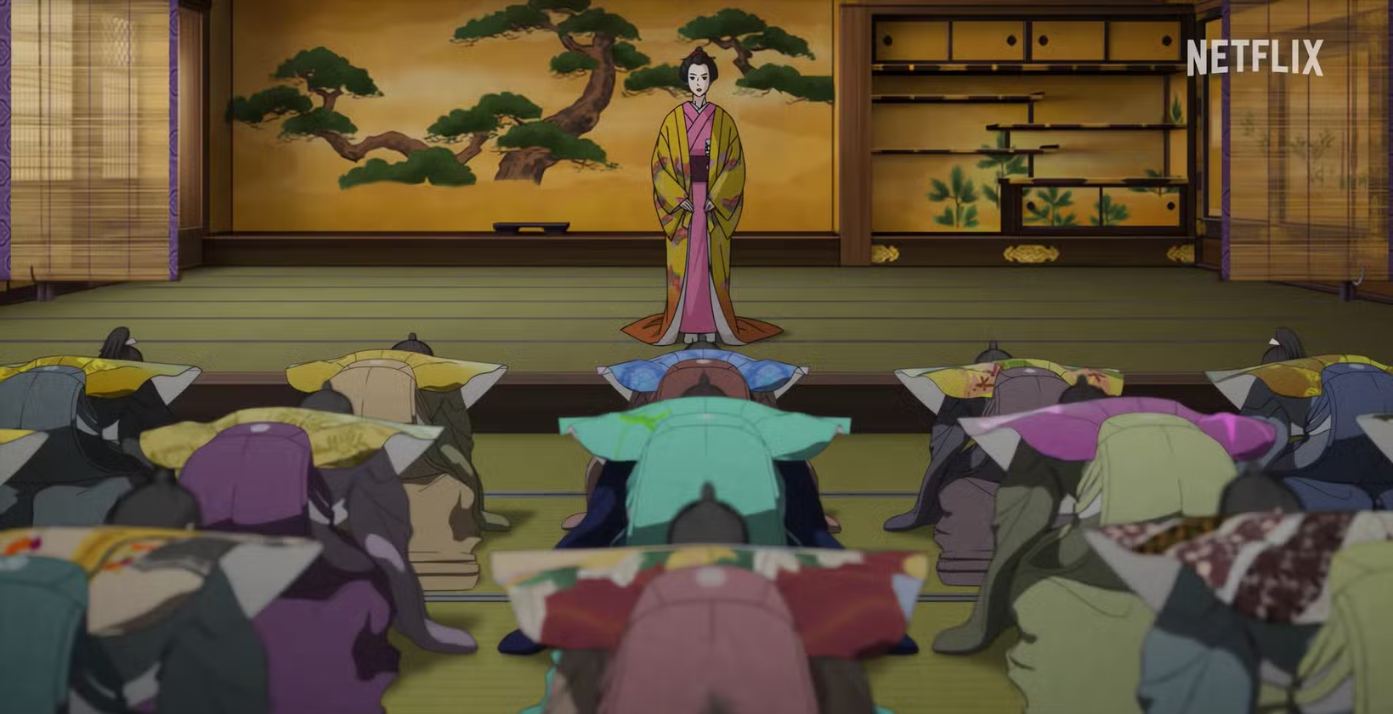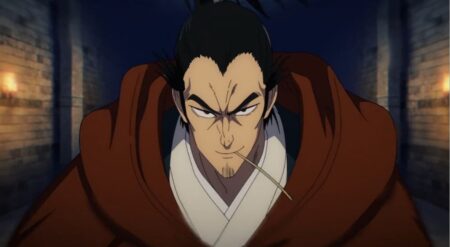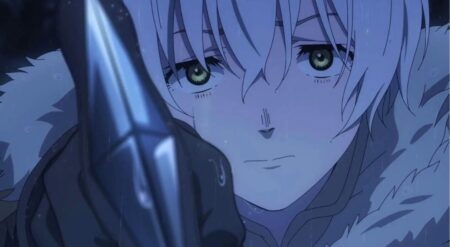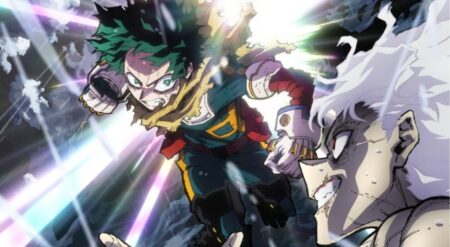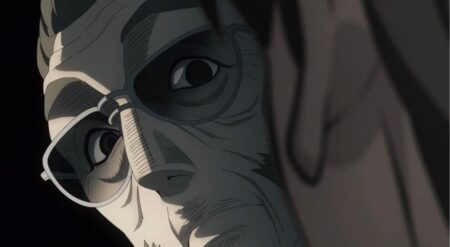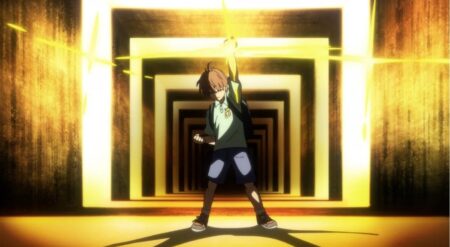Ōoku: The Inner Chambers is one of my favorite manga. Now, Netflix Anime and Studio Deen have created a series that honors the emotion, discussion on gender, and the beauty of the art that became a hit from mangaka Fumi Yoshinaga. The series is animated by Studio Deen, directed by Noriyuki Abe, and features a screenplay by Rika Takasugi and a melancholic and thoughtful score by Kenji Kawai.
Ooku isn’t a term made up for the series. This was the historical women’s quarters of Edo Castle; only now, it is reimagined as the home for men to serve a female Shogun. This specific tale unravels the history of the inner chambers, where gender roles have been reversed, weaving together history and fantasy in one go. As the men of Japan begin to fall sick to a strange new disease, the women begin to inherit their power, or at least their responsibilities.
As the young males begin to fall ill and pass away after falling victim to redface pox, women become the providers of life, working the fields, developing technology, and becoming the leaders of Japan. While life for men outside the castle walls is dire, with many of them selling their bodies to allow women to have children, in the shogun’s inner chambers, men hold status beyond what the priesthood or dojo can offer them outside of its walls. Becoming a part of the female shogun’s harem is a goal, and catching the eye of Lady Kasuga is a dream, even when the carefully protected secret of her bedchamber is revealed.
Now, this isn’t the first adaptation for Ōoku: The Inner Chambers; there have been movies and, most recently, a live-action drama series. Staying true to the original manga, this series uses animation to bring Yoshinaga’s vision to life with a vibrancy that I think can only be done in animation.
With narration providing exposition for the audience, the series embraces detailing the history of the Ōoku and how Japan has gotten to the point we see in the first episode through two timelines. One with the first shogun and a beautiful temple chief in Edo period Japan, one of the current shogun who loathes women’s clothing, and a promiscuous man who holds his heart for one woman.
Gender is key in Netflix’s Ooku: The Inner Chamber.
While it seems like the core of the series is about expressing the struggles of the men and women living in the secretive inner chambers where gender roles are reversed, there is complexity in how it is represented. It would be easy to show a world where women have taken power because of the lack of men. Instead, Ōoku: The Inner Chambers centers women in a world still shaped by men.
As we see the inner workings of the Ōoku, we see the expectations put on the female Shogun, the history of forcing women to choose male names, and how devastating the plague has to get in order to accept a woman as a Shogun and a successor to Feudal Lords without pretending that they are men. This ultimately allows the series to investigate the intricacies of gender and how it is enacted in relation to power.
Ōoku, as a series, tackles themes of identity that revolve around gender and queerness. It discusses intimacy as a sport, intimacy as love, and intimacy as a necessity in such a way that the audience sees the intersections of gender and sexuality in the palace. It would have been easy for Ōoku: The Inner Chambers to be surface-level in its presentation of it all, but like the manga before it, it dives deep, peeling back layers of history to uncover it all. While the series is ten episodes long, it’s the first episode of the series—which clocks in at 79 minutes—that unravels the mysteries of the inner chamber and how Japan got to this point.
The way Yoshinaga portrayed gender and power in the Edo period by embracing the importance of clans and control, as well as heritage, is perfectly brought into the series. While the first episode details a “current period” where a female Shogun is pushing back on the shadow of masculinity, the choice to tell a story that is concerned with how the world developed in the first place is what makes Ōoku: The Inner Chambers intriguing. The series tells a robust history and leaves no stone unturned.
Oouk: The Inner Chambers tells a robust alternate history of Japan.
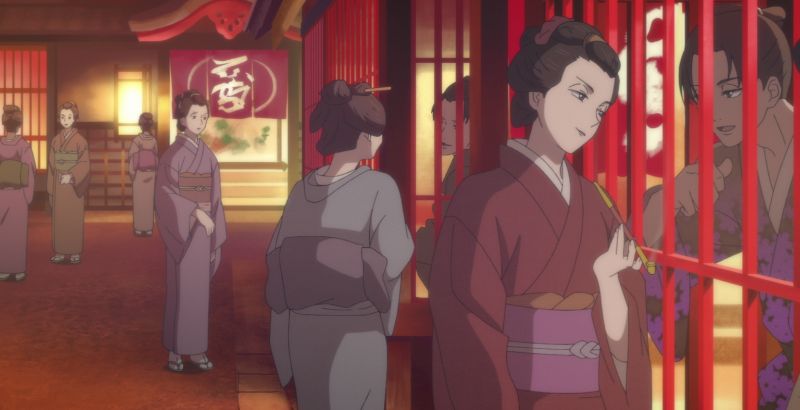
The bulk of the series focuses on Tokugawa Iemitsu, the illegitimate daughter of the last Shogun before the red smallpox outbreak. Taking on her father’s name, she rules in his stead and falls in love with Madenokôji Arikoto. The series serves as their love story for the pair, but more importantly, about how they relate to the world around them and how they shape it.
We see the Ōoku develop and grow, but also how Iemitsu cannot escape the specter that soon a man would come to continue the Shogunate, having women leaders take male names and her male concubines having female names. This fact is important to the developments in the timeline shown in the first episode of the series, where the men of the Ōoku have begun to wrestle power for themselves. This is a historical tale, and with that comes the barriers and vulnerabilities for the characters within it. That’s its strength.
Ōoku: The Inner Chambers is the most faithful adaptation of a manga I’ve seen in anime, and it does so while still showcasing what animation as a medium can bring to the story. That said, there are still many chapters left to adapt, with 79 in total, and this series covers less than half. Beautifully adapted and scored in a way that captures the depth of emotion and emphasizes the history, this anime must be watched.
Ōoku: The Inner Chambers is streaming exclusively on Netflix, and the manga is available in English from VIZ Media.
Ōoku: The Inner Chambers
-
Rating - 9/109/10
TL;DR
Ōoku: The Inner Chambers is the most faithful adaptation of a manga I’ve seen in anime, and it does so while still showcasing what animation as a medium can bring to the story.

